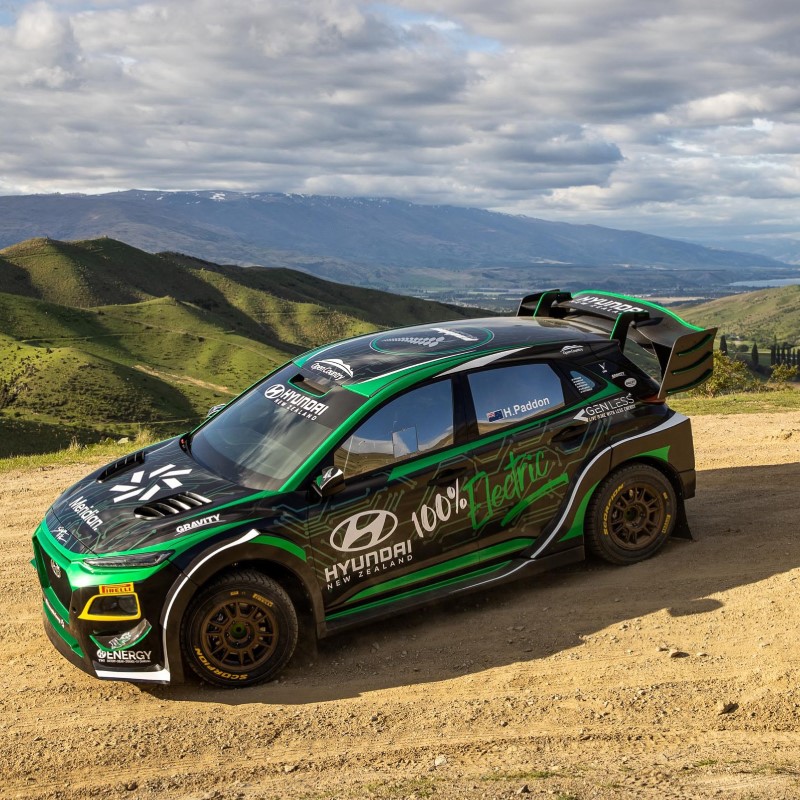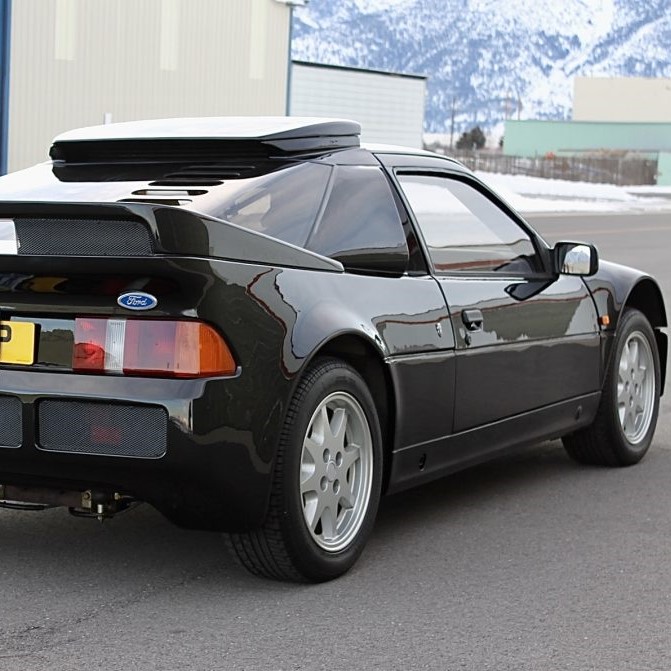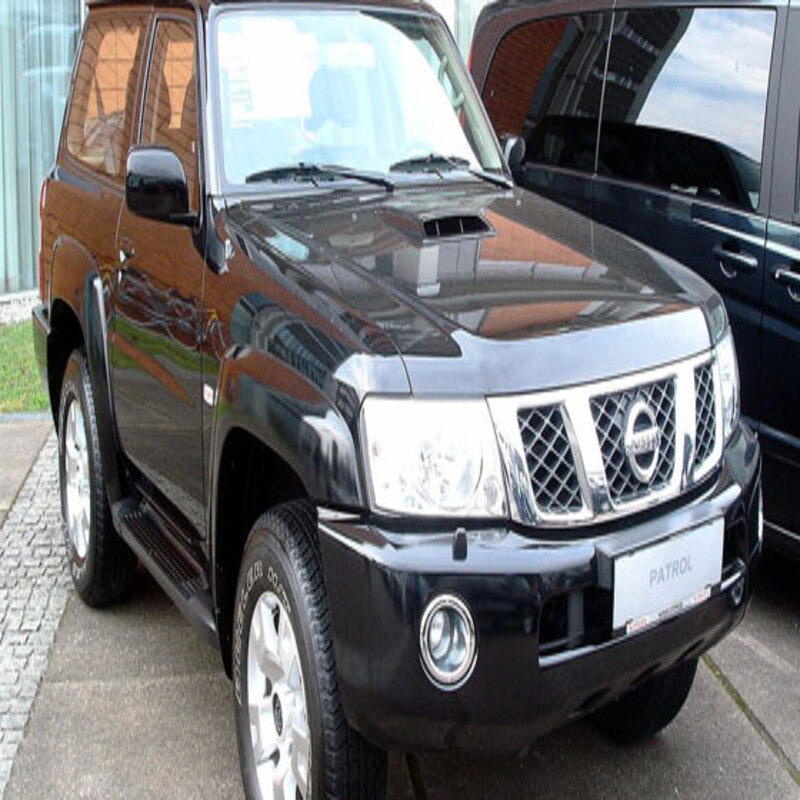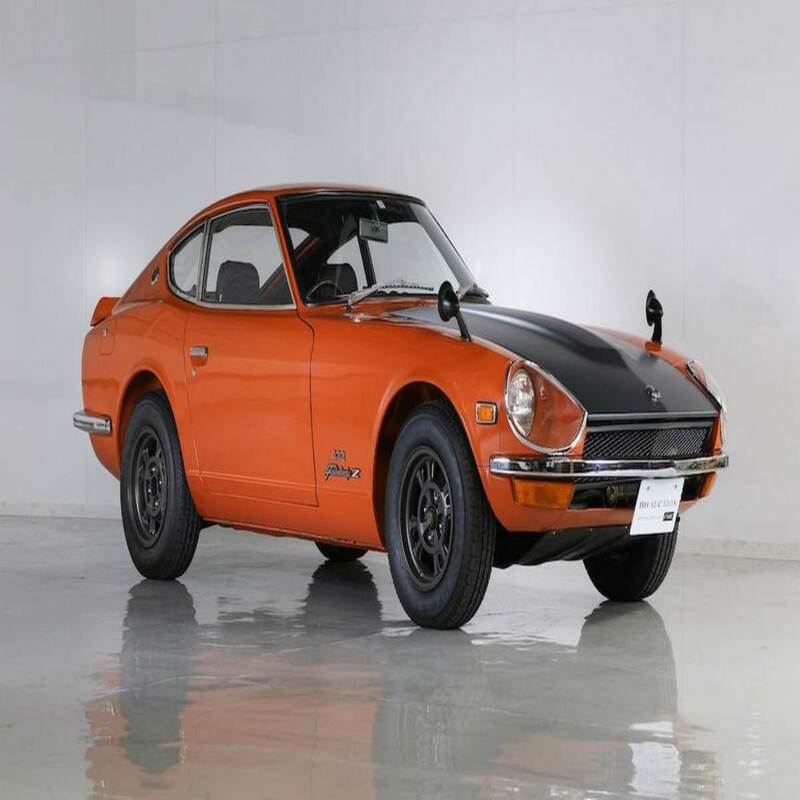Lancia Rally Car 1970s during the unforgettable Group 4 and Group 5 era of rallying spanning the late 1960s through the 1970s, Italian automaker Lancia established dominance through advanced competition cars like the Stratos and Fulvia. Driven by legends, Lancia rally cars outshone rivals to capture championships worldwide. 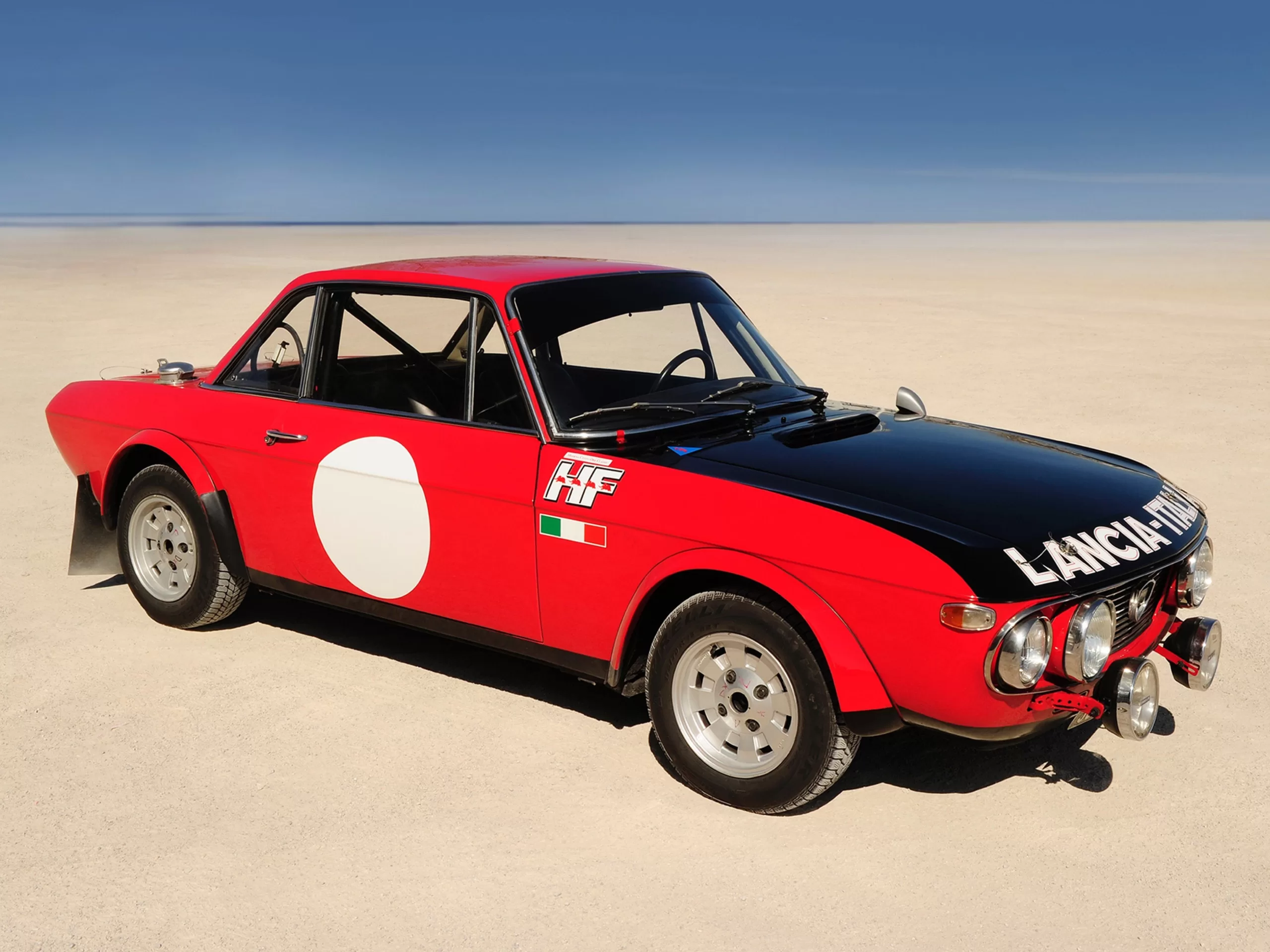 Let’s examine these pivotal 1970s rally models from Lancia tracing the brand’s engineering innovations and historic victories leading into the Group B 1980s. For any rally racing fan, Lancia’s “golden years” of rallying deliver nostalgia and respect.
Let’s examine these pivotal 1970s rally models from Lancia tracing the brand’s engineering innovations and historic victories leading into the Group B 1980s. For any rally racing fan, Lancia’s “golden years” of rallying deliver nostalgia and respect.
Lancia Rally Car 1970s Stratos – Purpose-Built Rally Supercar
What started Lancia’s rally success was the revolutionary Lancia Stratos, the first car designed from scratch specifically for rally racing. Prior to the mid-engine Stratos, production-based sedans and coupes served as the foundation for rally cars.

But the Stratos broke the mold featuring a lightweight fiberglass composite body purposely sculpted for optimal aerodynamics, visibility, and compact size. It housed a mid-mounted 2.4L Ferrari Dino V6 pumping out nearly 300 horsepower channeled rearward through a 5-speed manual. Combined with supple long travel suspension and plastic compound windows, the Stratos boasted specs unheard of in 1970s rallying.

Immediately dominant on the rally stages, the nimble Stratos won three consecutive constructors’ championships for Lancia from 1974-1976. Driving greats like Sandro Munari tamed the distinctly designed beast to many event victories in just a few rally seasons. As the first bespoke rally racer, the mid-engine Stratos made a lasting impact.
Fulvia HF – Giant Killer Sedan
Racing alongside the mighty Stratos, Lancia campaigned its production-based Fulvia compact sedan as a formidable rally contender during the early 1970s. The Fulvia’s slim, lightweight design hid a sophisticated narrow-angle V4 engine and competitive suspension upgrades including four-wheel disc brakes.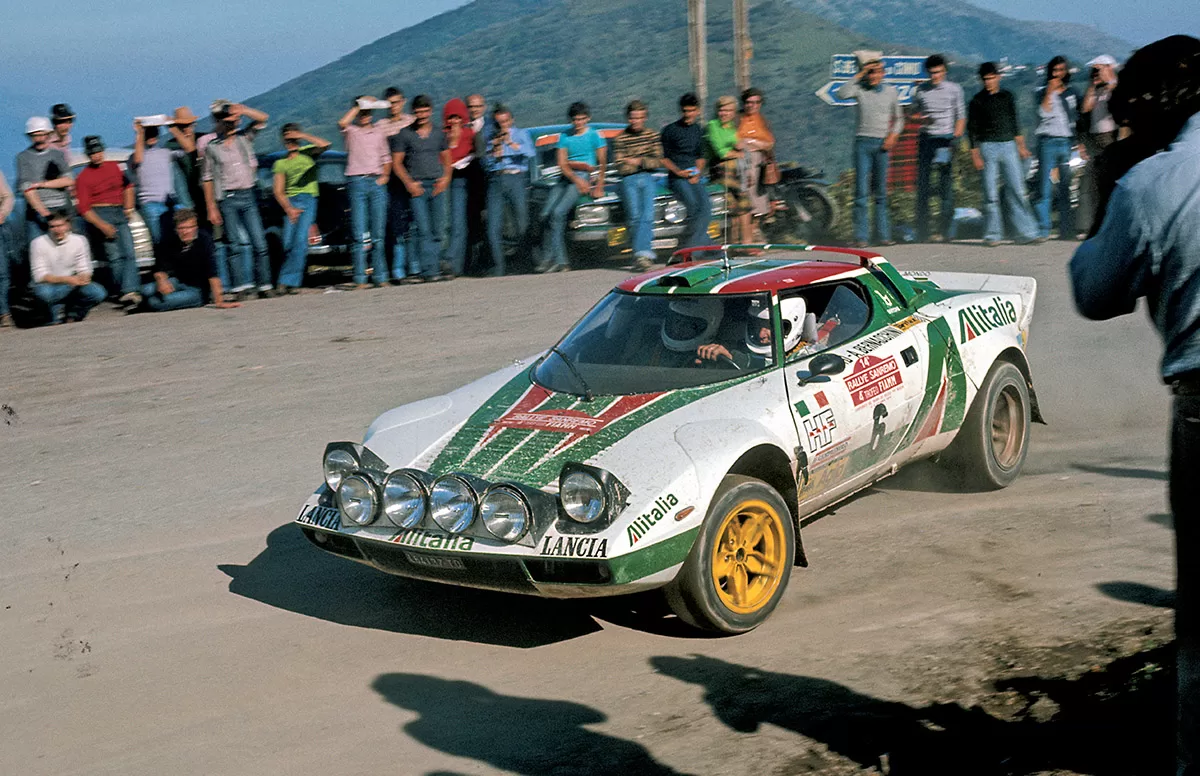 In the hands of Finnish legend Simo Lampinen among others, the giant killing Fulvia humbled more powerful opponents like the Ford Escort. Despite just 1.3L and later 1.6L displacement, the Revvy Fulvia stayed competitive through momentum, precision, and reliability. The coupe’s giant-killing reputation endures thanks to smart engineering and skillful driving.
In the hands of Finnish legend Simo Lampinen among others, the giant killing Fulvia humbled more powerful opponents like the Ford Escort. Despite just 1.3L and later 1.6L displacement, the Revvy Fulvia stayed competitive through momentum, precision, and reliability. The coupe’s giant-killing reputation endures thanks to smart engineering and skillful driving.
Beta Montecarlo Turbo – Rally Innovation
As Group 4 rules replaced Group 5, Lancia sought to maintain their rally dominance by campaigning for the limited-production Beta Montecarlo Coupe. Called the Montecarlo Turbo to signify forced induction, Lancia tuned the model’s 1.4L inline-4 engine to produce a stout 275 horsepower – huge for the era.

This little giant killer claimed constructors’ titles in 1975 and 1976, proving the brand’s engineering expertise. The Montecarlo Turbo distinguished itself as the first successful rally car utilizing smaller forced-induction engines for power – a lasting innovation. Its legacy continues today with turbocharged econoboxes dominating rallying thanks to Lancia’s engineering vision.
Stratos HF Group 4 – Lancia Rally Car 1970s Improving on Brilliance
Toward the late 1970s, Lancia revisited the Stratos platform with an updated Group 4 specification model – the Stratos HF. This version tweaked the proven rally recipe with an enlarged 2.4L Ferrari V6 bumped to nearly 325 horsepower. An improved transmission put the power down more efficiently and a stiffer chassis aided handling precision.
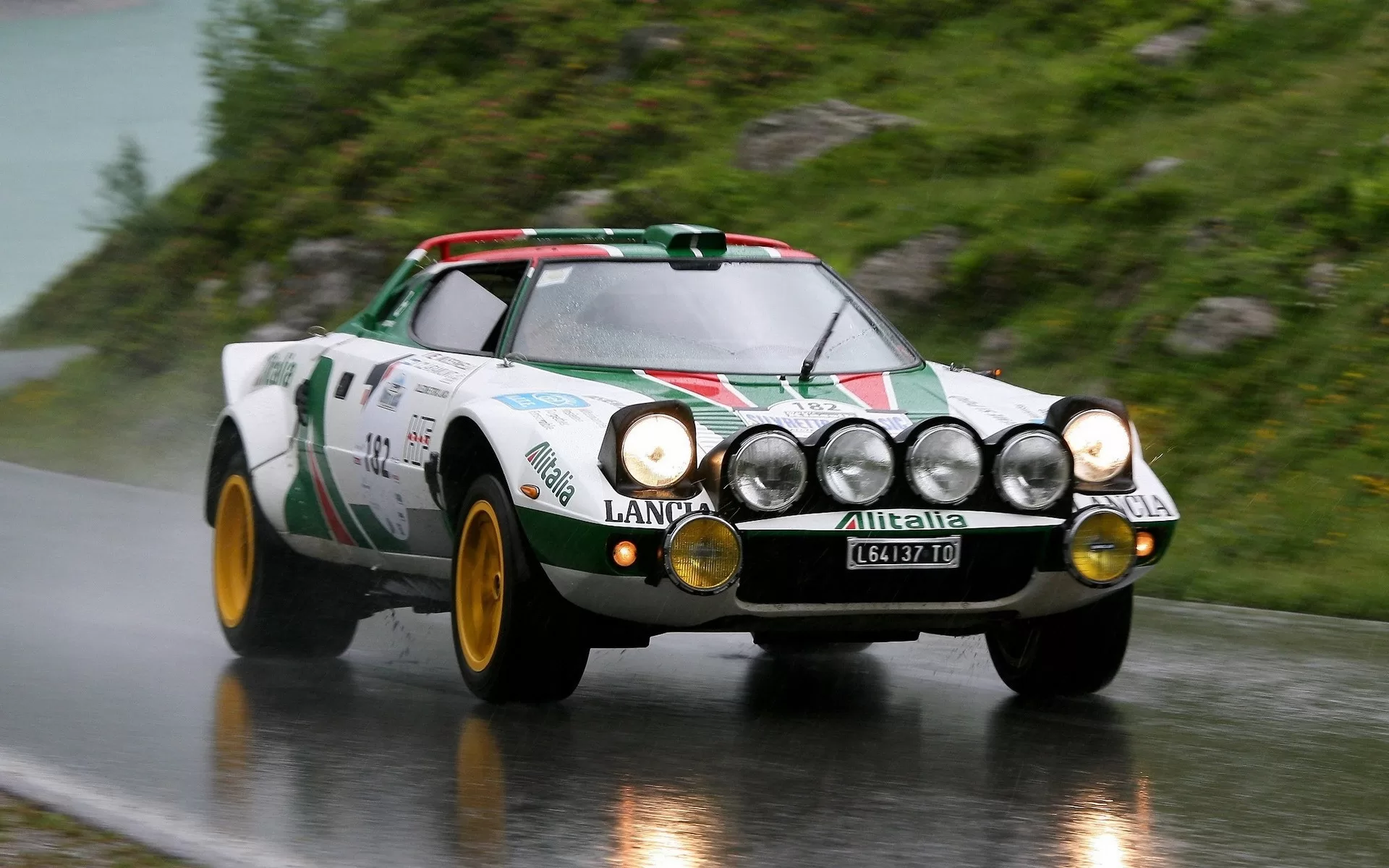
WRC legend Markku Alén piloted the Stratos HF to victory in the 1978 Monte Carlo Rally, outpacing more advanced competition. Its success proved the inherent brilliance of the Stratos design even as rallying moved toward all-wheel drive going into the 1980s. The Stratos HF ensured Lancia remained the team to beat for years based on 1970s foundations.
Why Lancia Dominated Rallying

Several engineering factors explain Lancia’s 1970s dominance:
Superb chassis dynamics and suspension designs even on production-based models.
Strong yet compact engines maintain power and reliability under high-stress loads.
Low-weight construction through extensive composite use and spaceframe efficiency.
Teams that comprehensively understood and supported competitive vehicles.
Drivers like Munari who gelled with cars matched their daring style.
Finding the ideal match of engineering and talent formed the core of Lancia’s golden era success.
Lancia Rally Car 1970s Lasting Legacy
As Group B approached, Lancia withdrew officially from rallying on a factory level to let their Delta S4 Group B program assume its legacy. But Stratos and Fulvia’s models made Lancia’s reputation for decades as both beautiful automotive artworks and functional competitive tools.
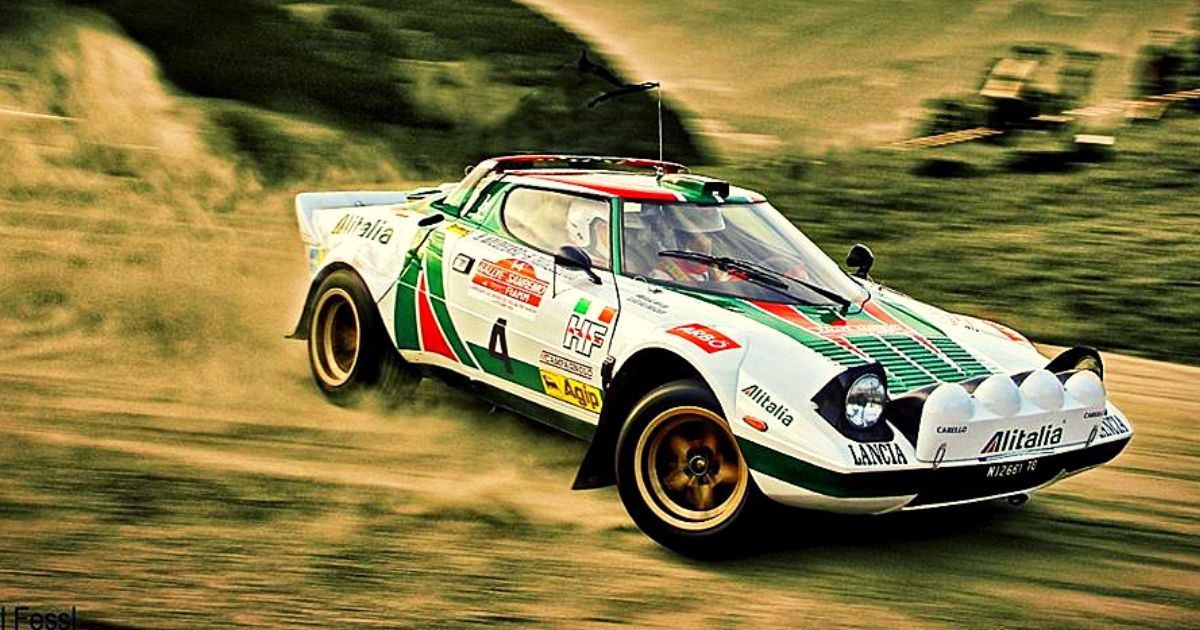 Their engineering ethos endures in collectors’ minds and inspired generations of rally racers toward mid-engine designs. For any rally enthusiast, Lancia’s 1970s period stands immortal thanks to iconic cars renowned for prowess and their timeless beauty.
Their engineering ethos endures in collectors’ minds and inspired generations of rally racers toward mid-engine designs. For any rally enthusiast, Lancia’s 1970s period stands immortal thanks to iconic cars renowned for prowess and their timeless beauty.

